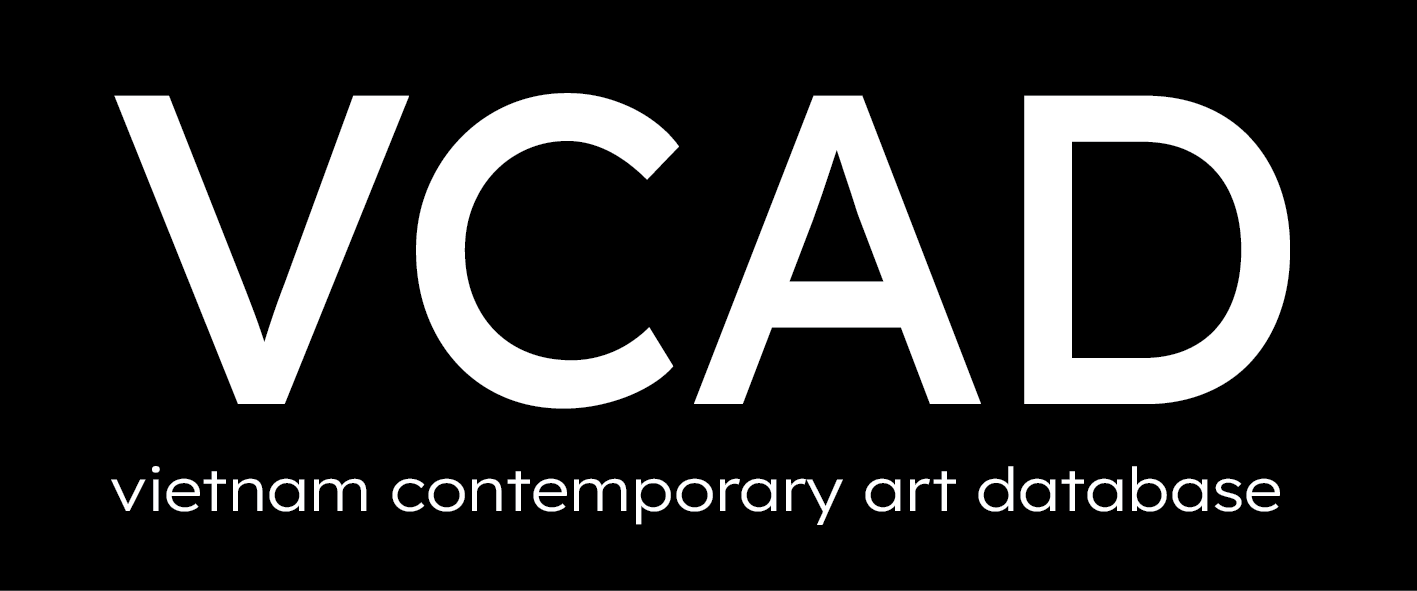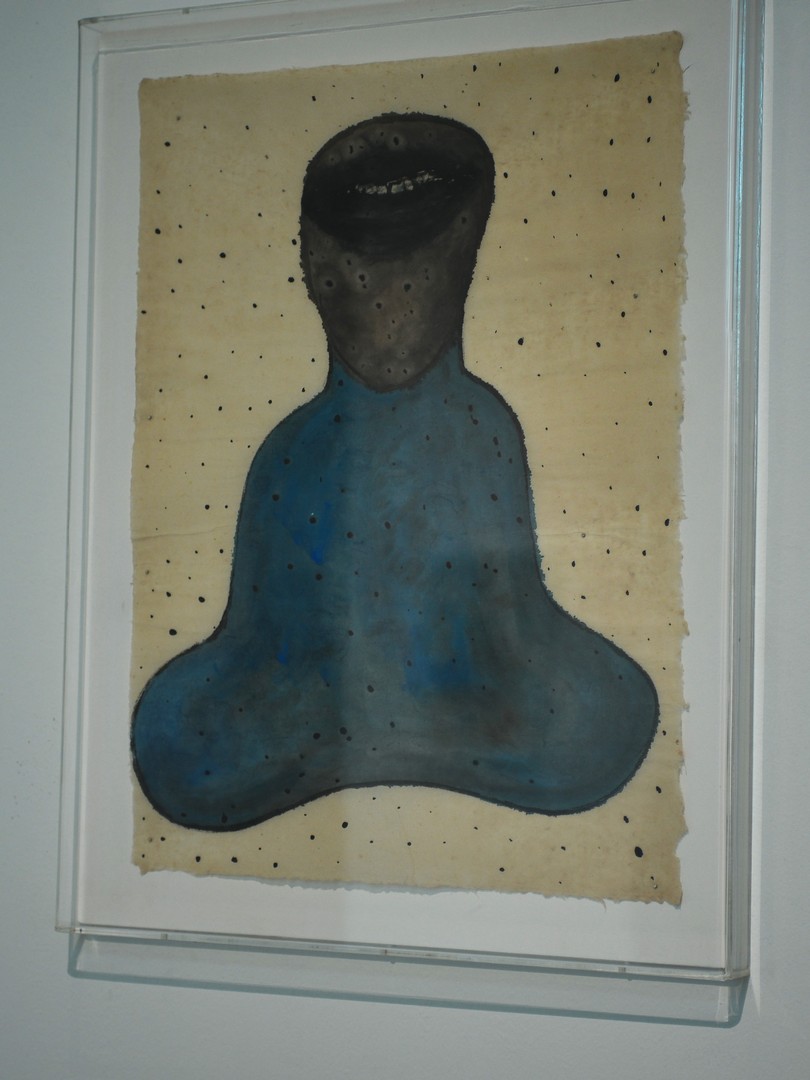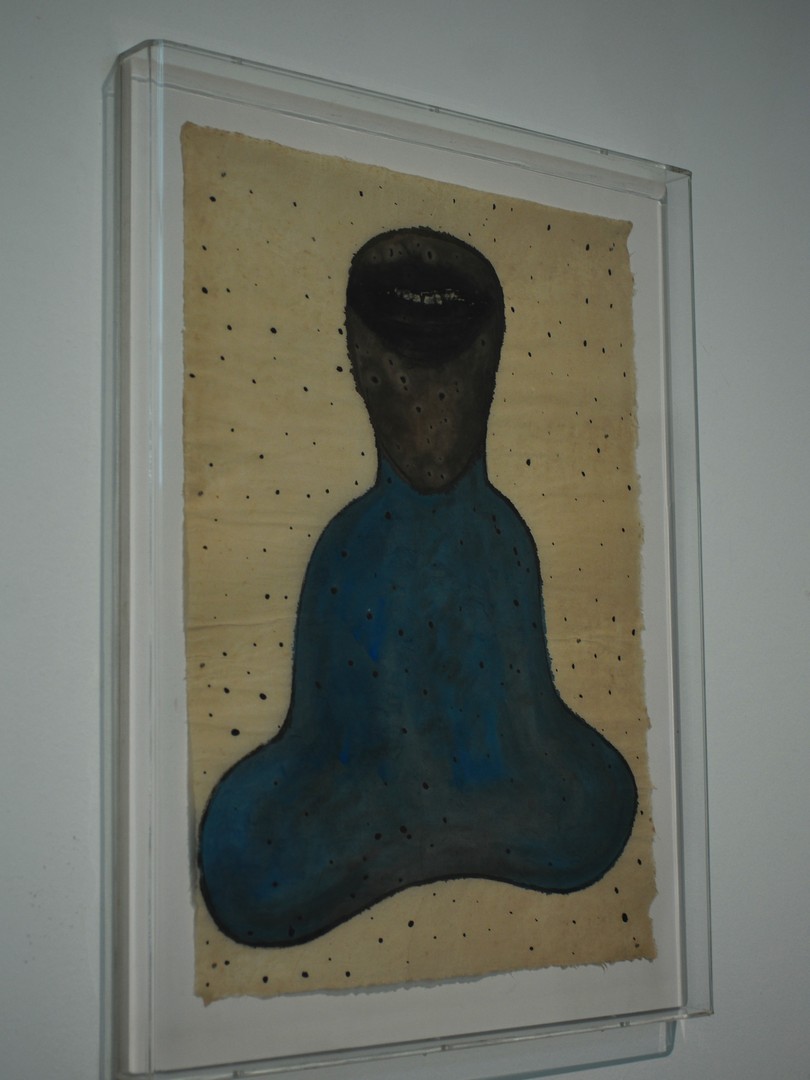Ink and watercolor on Dó paper.
Description
Nguyễn Quang Huy was introduced to Buddhism at a young age and has remained in close relation to the religion ever since. Indeed, much of his early work is deeply rooted in Buddhist thought and symbolism. Inspired by an integral part of Buddhist devotion and practice – the concept of the six senses (of sight, hearing, smell, touch, taste and mind) – Huy’s work not only perpetuates a consciousness intertwined with spirituality, but also offers glimpses of his contemplations on life, death and existence.
Across several of Huy’s paintings are ambiguous shapes and Buddha-like figures, most of whom are surrounded by endless swirls of enigmatic writing. Bathed in fields of subdued colors, these biomorphic shapes seem to float in space. The illegible text scattered around them varies in size and form, appearing both spontaneous and meticulous, laying down the artist’s private thoughts in plain sight while refusing to perform language’s need for precision and clarity. This absence of coherence points at our inability to communicate in an ever-changing, modern society constantly in flux, while the minimalized Buddha silhouettes express the artist’s dissatisfaction with Realism, opting for the visualization of the intangible and indescribable instead.
Source: Nguyen Art Foundation.



